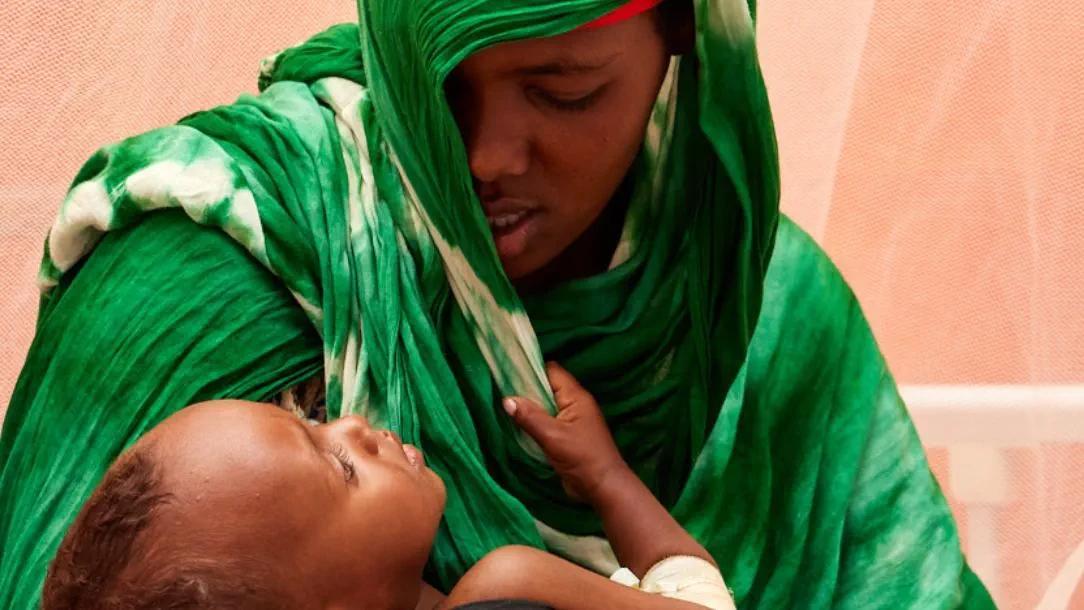Africa-Press – Angola. The fertility rate in Angola fell from 6.2 to 4.8 children per woman in eight years, according to data from the Angolan National Statistics Institute (INE) released.
Between 2015-2016 and 2023-2024, fertility decreased in Angola from 6.2 to 4.8 children per woman, according to the Multiple Health Indicators Survey (IIMS) 2023-2024, made public today by INE.
According to the survey, carried out throughout Angola, the fertility rate in rural areas fell from 8.2 to 6.9 children per woman and in urban areas from 5.3 to 3.8 children.
The provinces with the highest overall fertility rate are Lunda Norte and Cuanza Sul (6.6), while the province of Luanda, the capital of Angola, has the lowest overall fertility rate (3.1).
In Angola, women in the 20-49 age group had, on average, their first child at 19.8 years of age, with the rate being slightly higher in urban areas (20 years) than in rural areas (19.3 years), according to the survey.
According to the IIMS 2023-2024, more than a quarter (27%) of women aged 15 to 19 have been pregnant at least once and 21% of adolescents have had a live birth. The province of Cuanza Sul has the highest percentage of teenage pregnancies (51%).
The IIMSS reveals, on the other hand, that the prevalence of HIV/AIDS among the Angolan population between 15 and 49 years old is 1.6% (2.2% in women and 0.8% in men) and that the prevalence of HIV among women and men is higher in urban areas than in rural areas.
Lunda Sul (4.9%) and Lunda Norte (4.4%) are the Angolan provinces with the highest prevalence of HIV/AIDS, while the lowest was recorded in Zaire (0.1%).
The research also gathers information on hepatitis B, whose prevalence of infection is 19% in women and 23% in men.
“The prevalence of hepatitis B varies according to age and sex. Among women, the age group with the highest prevalence is 25-29 years, with 22%, and among men (45-49 years) with 30%”, reads the document.
Regarding malaria, the biggest cause of mortality and hospital admissions in Angola, the survey states that 17% of children aged 6 to 59 months tested positive during this period, highlighting that the prevalence of the disease is higher in children in rural areas (31%) than in urban areas (7%).
The Angolan province of Cunene has the lowest prevalence of malaria (1%) and the province of Uíje the highest (40%).
For More News And Analysis About Angola Follow Africa-Press






